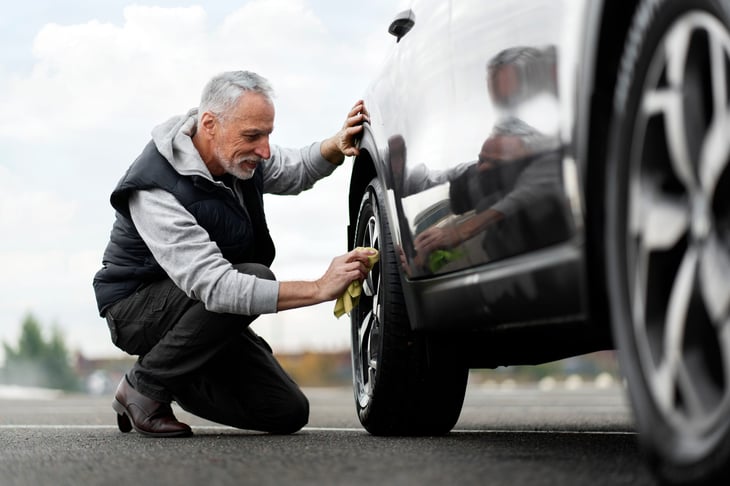
New cars are expensive and begin losing their value as soon as they’re driven off the showroom floor. That’s why we advocate buying used.
But if you care for a car properly — whether it’s new or used — it can continue looking good into its second decade. And a car that has maintained its appearance will be worth more when you decide to trade it in.
Following are simple steps you can take to preserve your car’s beauty.
1. Protect your car’s interior from the sun

Nothing says “old and tired” like a sun-damaged interior. When your car is parked in direct sunlight, the cabin can heat up like an oven, drying out your dashboard and upholstery.
According to State Farm, interior vehicle air temperatures have been recorded in excess of 145 degrees Fahrenheit, and interior surfaces exposed to direct sunlight can reach 195 degrees.
The following steps will help you keep your car’s interior from baking when the sun is out:
- Park in the shade whenever possible.
- Open the windows slightly to lower the interior temperature on warm days.
- Use a windshield sunshade inside your vehicle.
- Use a car cover if you plan to park your car outdoors for extended periods.
2. Install seat covers when your car is new

Worn and torn seats make your car unattractive and uncomfortable. Keep your seats covered at all times, and your car’s interior will look great when it’s time for a trade-in.
A good strategy is to buy seat covers as soon as you acquire a new car, so the seats will be protected before any wear can occur. Custom-fit seat covers will allow a precise fit.
3. Use a protectant on rubber, vinyl and plastic parts
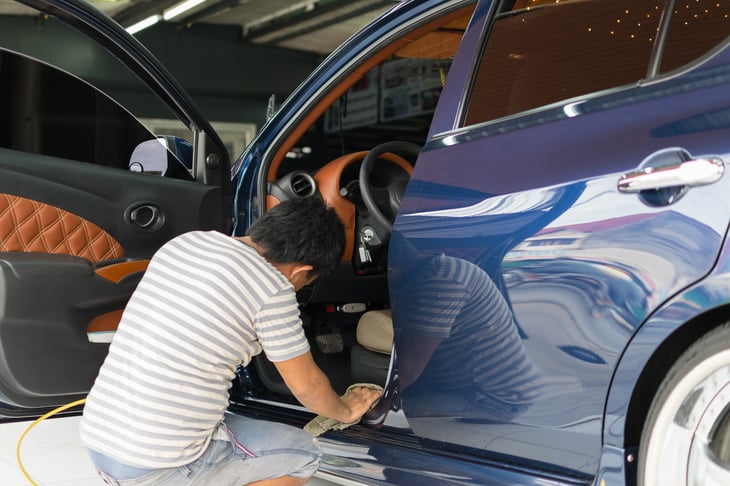
It’s easy to overlook the need to protect the parts of your car that are made of rubber, vinyl or plastic. But a wide variety of products are sold to prevent these surfaces from cracking or discoloring over time. They’ll slow down the aging process and give your car a newer appearance.
Protectant products can be applied to dashboards, door panels, consoles and bumpers. Start using them right after you buy a car to reduce the damage that can occur over time.
Use the products as directed. Avoid applying slippery protectant products to such surfaces as floor pedals and steering wheels.
4. Avoid parking next to other cars
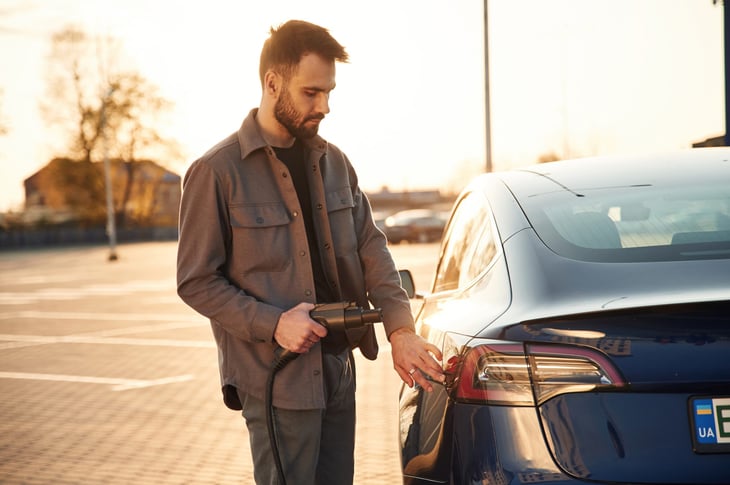
One simple and no-cost way to avoid dents and scratches on your car is to look for isolated parking spaces. If no one is parked directly next to you, your car is much less likely to get dinged.
5. Shelter your car’s exterior from the elements
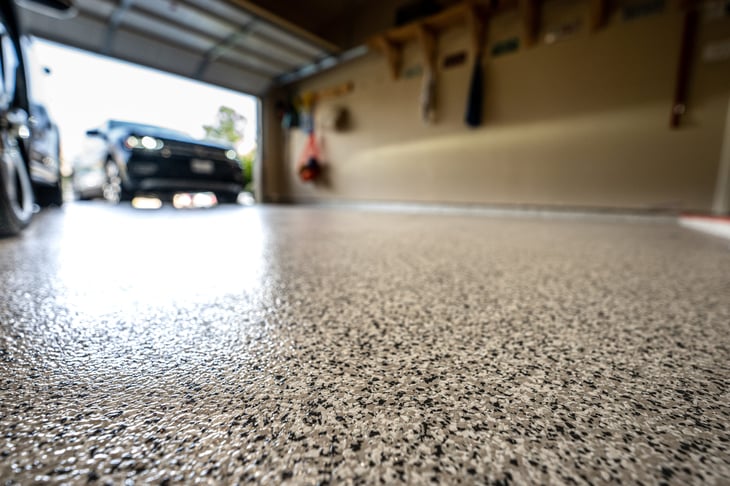
If your car is left outdoors, its paint will take a constant beating from the sun, harsh weather and corrosive droppings from birds and bugs.
If you don’t have a garage, one substitute is a car cover. Taking it off and putting it back on each day may seem like a pain, but it can make a major difference in your car’s appearance over time — and will eliminate the need for scraping off snow every day during winter in colder climates.
An easier but possibly more expensive substitute for a garage is a carport.
6. Consider renting a car for long trips

It may seem strange to spend money on a rental car for a road trip when you own a vehicle that runs perfectly well. However, mileage takes a toll on your car. If you rent one, you’ll be putting miles on someone else’s automobile.
Remember that if you decide to drive your own car instead of renting, it’s still not a free ride. In addition to fuel expenses, there’s the cost of wear and tear. AAA reports that the average cost of driving a car that travels 15,000 miles per year is about 72 cents per mile.
7. Replace aging tires
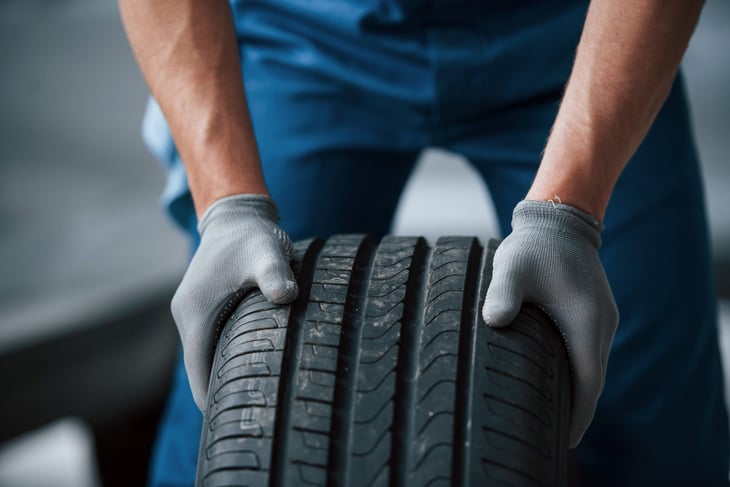
Old tires can give away your well-maintained car’s age or make it appear even older than it is.
Tires take on a decayed look that is sometimes is referred to as “tire dry rot” as they age. The condition is characterized by cracks in the tire sidewalls, which are caused by the passage of time and exposure to the elements.
While there are products that will make aging tires shine, consider whether it’s time for new tires instead. If you notice tire dry rot, take your car to a mechanic you trust for an inspection. If the tires are unsafe, replace them. In addition to being safer, they’ll make your car look newer.





Add a Comment
Our Policy: We welcome relevant and respectful comments in order to foster healthy and informative discussions. All other comments may be removed. Comments with links are automatically held for moderation.